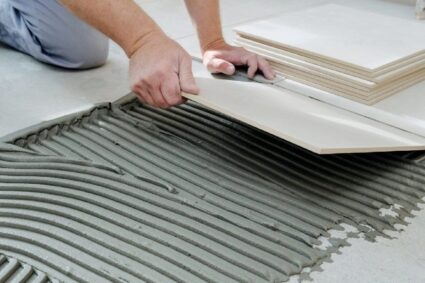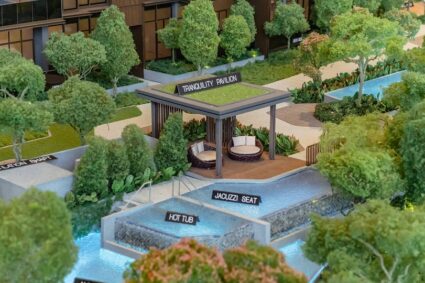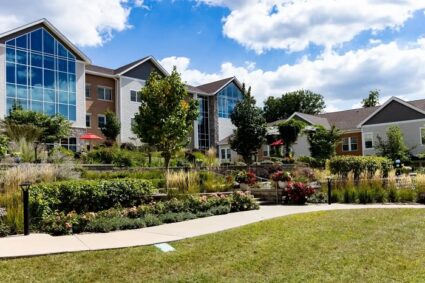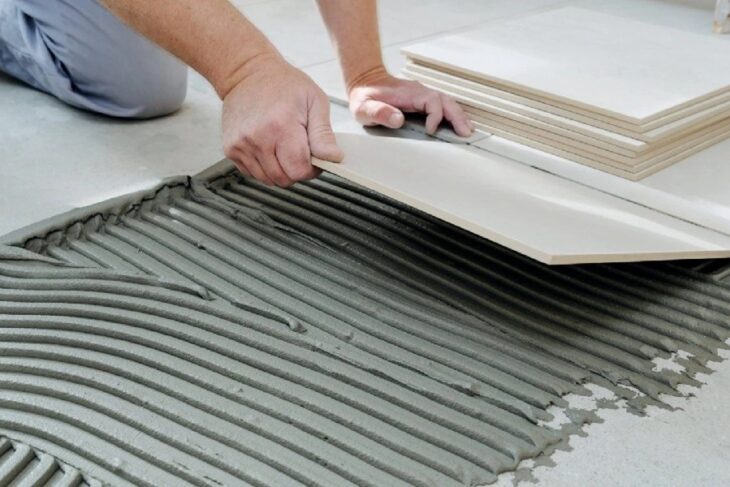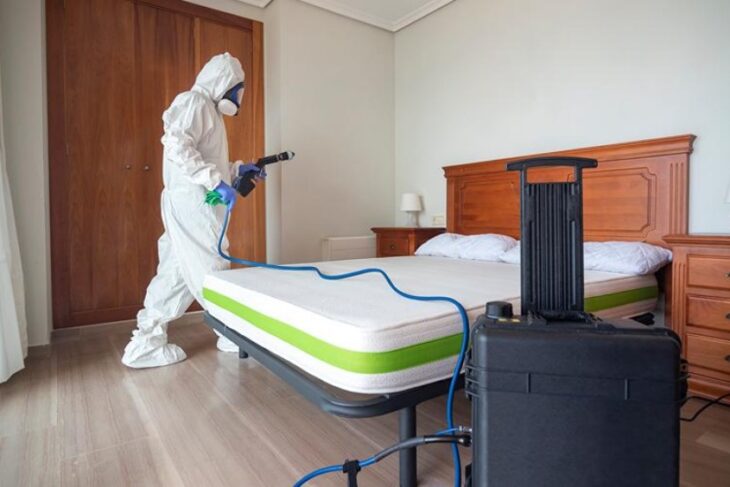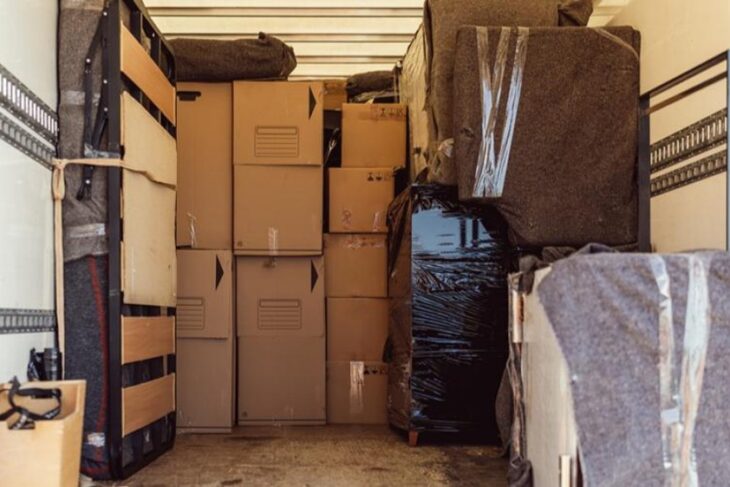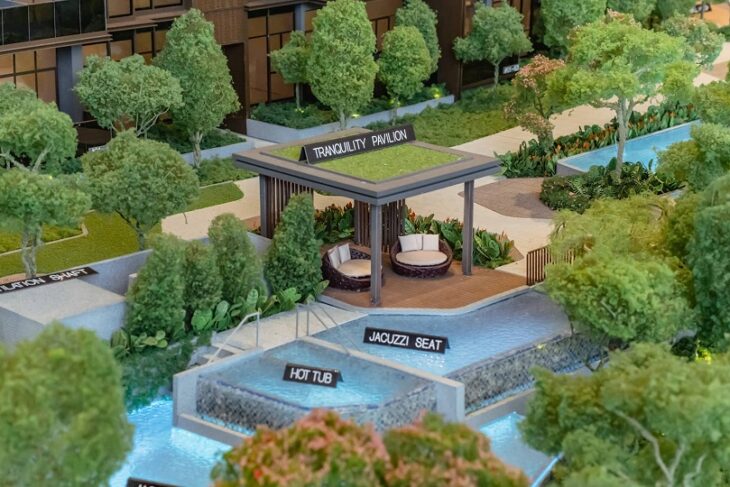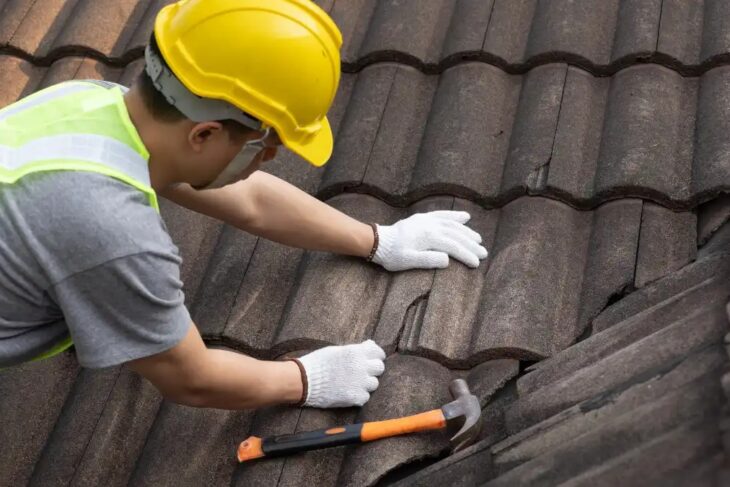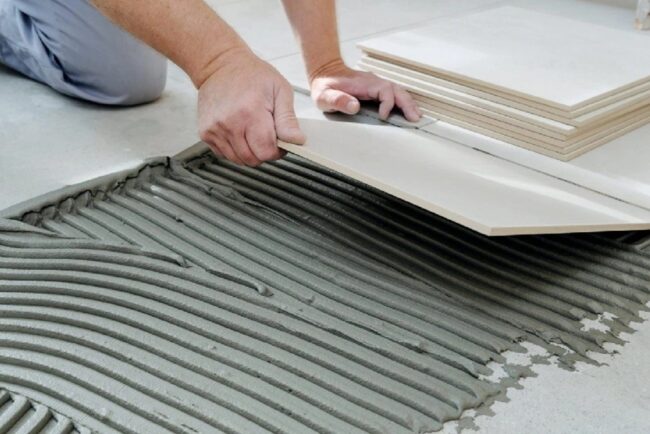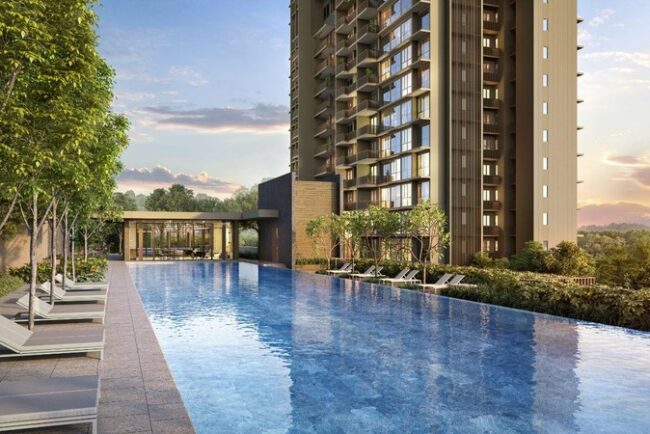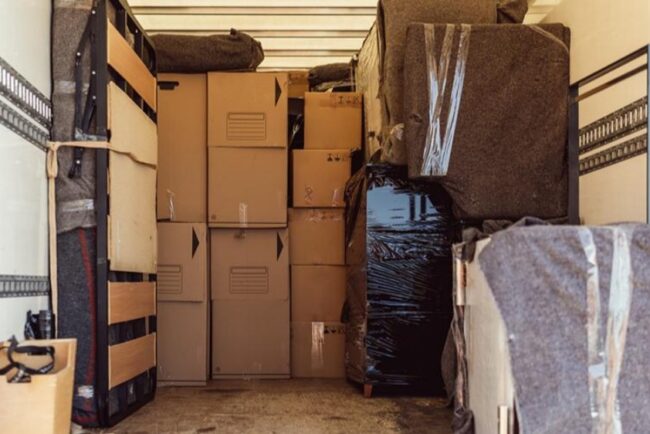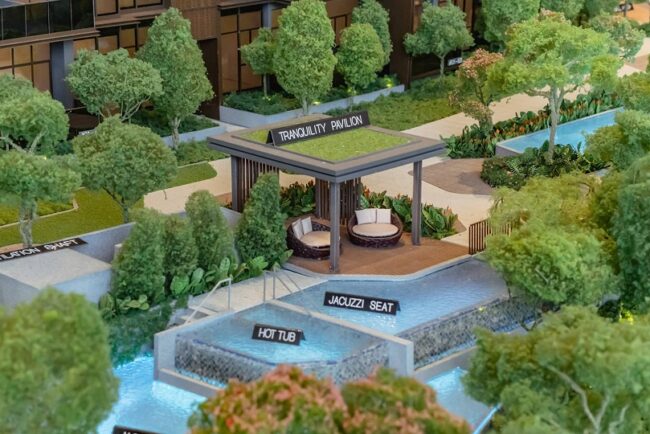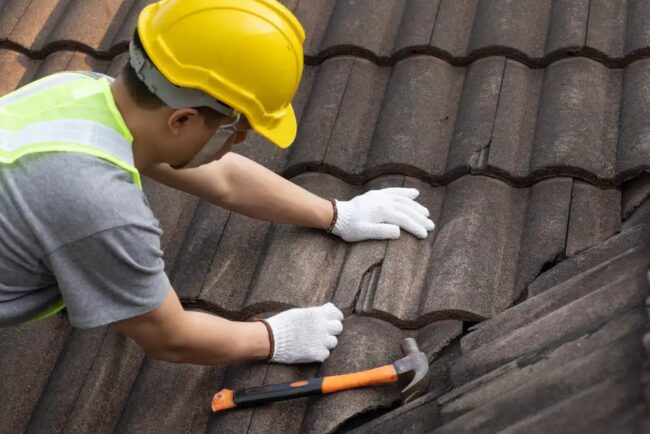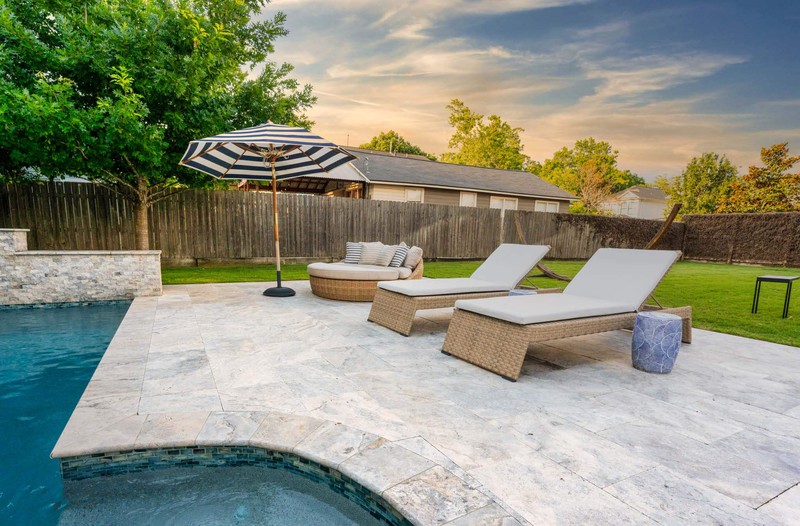
When it comes to upgrading your outdoor living area, choosing the right material for patios, walkways, and driveways is crucial. Travertine pavers are an increasingly popular choice for homeowners due to their timeless beauty, durability, and versatility. These natural stone pavers can elevate any outdoor space, offering a luxurious look while providing functional benefits. If you’re considering a landscape renovation, learning about travertine pavers and their advantages will help you make an informed decision.
In this article, we’ll explore everything you need to know about travertine pavers and why they are an excellent investment for your home’s exterior.
What are Travertine Pavers?
Travertine is a type of natural stone that forms over thousands of years in mineral springs, hot springs, and limestone caves. It is a sedimentary rock that is primarily composed of calcium carbonate, giving it unique textures and patterns. Travertine pavers are created by cutting the stone into tiles, which are then used for outdoor flooring in patios, pool decks, walkways, and driveways.
Travertine pavers come in various finishes, such as honed, polished, and tumbled, providing different aesthetic and functional options depending on your design preferences. Their distinctive, earthy tones and patterns make them a go-to choice for homeowners who want to add elegance and warmth to their outdoor spaces.
Why Choose Travertine Pavers for Your Home?
Choosing travertine pavers offers several key benefits:
1. Timeless Beauty
Travertine’s natural tones and textures add a unique aesthetic that enhances any landscape. Available in shades of ivory, beige, walnut, and gold, travertine pavers bring a sense of sophistication and warmth to your outdoor areas. Their subtle color variations and veining create a distinctive, one-of-a-kind look that stands the test of time.
2. Durability
One of the main reasons homeowners choose travertine pavers is their remarkable durability. This natural stone is highly resistant to wear and tear, making it an ideal material for high-traffic areas such as patios, pool decks, and walkways. Travertine pavers can withstand various weather conditions, from scorching summer heat to freezing winters, without cracking or fading.
3. Slip-Resistance
For areas around pools or water features, safety is a top concern. Travertine pavers offer excellent slip-resistance, especially when tumbled or left unpolished. This makes them a safe choice for pool decks and other wet surfaces where traction is essential. The naturally porous surface of travertine allows water to drain quickly, reducing the risk of slippery conditions.
4. Heat Resistance
Travertine pavers stay cool even in the heat of summer, making them a fantastic choice for areas exposed to direct sunlight, like patios and pool decks. Unlike concrete or brick, which can become unbearably hot, travertine remains comfortable underfoot, providing a pleasant walking surface for you and your guests.
5. Eco-Friendly
As a natural stone, travertine is an eco-friendly choice for homeowners who prioritize sustainability. It is quarried directly from the earth and requires minimal processing, reducing the carbon footprint associated with its production. Additionally, travertine pavers can be recycled and reused, making them an environmentally responsible option for your home.
Types of Travertine Pavers
Travertine pavers come in different finishes that provide distinct looks and textures. Understanding these options can help you choose the right one for your outdoor space.
Tumbled Travertine
Tumbled travertine pavers are lightly buffed to create a weathered, rustic appearance. This finish offers enhanced slip resistance, making it perfect for pool decks, patios, and walkways. Tumbled travertine also has a softer, more natural look that complements outdoor landscapes beautifully.
Honed Travertine
Honed travertine has a smooth, matte finish achieved by grinding the surface of the stone. It provides a more refined appearance while maintaining a non-slip surface, making it ideal for elegant patios and walkways. Honed travertine offers a modern, sleek look without being overly polished or glossy.
Polished Travertine
Polished travertine is buffed to a high-gloss finish, which enhances the stone’s natural colors and veining. This finish gives travertine pavers a more luxurious, formal appearance, but it may be slippery when wet. Polished travertine is often used in indoor spaces or for decorative purposes in outdoor areas that aren’t exposed to water.
How to Maintain Travertine Pavers
Maintaining travertine pavers is relatively simple, but following a few key steps will ensure their longevity and keep them looking pristine.
1. Regular Cleaning
To maintain the beauty of your travertine pavers, regular cleaning is essential. Sweeping away dirt and debris will prevent them from scratching the surface, while hosing down the area occasionally will help remove any stains. For a more thorough clean, you can use a mild soap and water solution.
2. Sealing
Travertine is naturally porous, which means it can absorb liquids and stains if not properly sealed. Applying a high-quality stone sealer will protect the surface from spills, oils, and environmental damage. Sealing should be done every one to two years, depending on the level of use and exposure to the elements.
3. Avoid Harsh Cleaners
Avoid using acidic or abrasive cleaners on travertine pavers, as these can damage the stone’s surface. Stick to pH-neutral cleaners to preserve the natural beauty and integrity of the pavers.
Travertine Paver Installation Process
Installing travertine pavers requires precision and expertise. Whether you’re laying a new patio, driveway, or pool deck, it’s important to hire professionals who understand the intricacies of working with natural stone. At Standard Brick Pavers, we specialize in the installation of travertine pavers and other high-quality materials, ensuring that your project is completed to perfection.
1. Site Preparation
The installation process begins with site preparation. The ground is excavated to the appropriate depth, and a base of gravel or sand is laid to create a stable foundation. Proper drainage is also installed to prevent water pooling under the pavers.
2. Laying the Pavers
Once the foundation is in place, the travertine pavers are carefully laid out in your chosen pattern. Whether you prefer a classic, herringbone, or basket weave design, each paver is placed with precision to ensure a seamless finish.
3. Cutting and Edging
To fit the pavers into the design perfectly, some may need to be cut to size. This is done using specialized tools to create clean, precise edges. After all the pavers are in place, edging is installed to secure the pavers and prevent shifting.
4. Filling the Joints
Once the pavers are laid, the joints between them are filled with sand or another material to lock them in place. This not only stabilizes the pavers but also prevents weeds from growing between them.
Why Choose Standard Brick Pavers for Your Travertine Installation?
At Standard Brick Pavers, we take pride in offering exceptional service and craftsmanship. Our team of experienced professionals is dedicated to delivering top-quality results for every project. Whether you’re installing a new patio, pool deck, or driveway, we use only the finest materials, including premium travertine pavers, to ensure a long-lasting and beautiful finish.
We understand that every project is unique, and we work closely with our clients to bring their vision to life. With our expertise in landscape design and stone installation, we guarantee that your outdoor space will be transformed into a stunning oasis.

